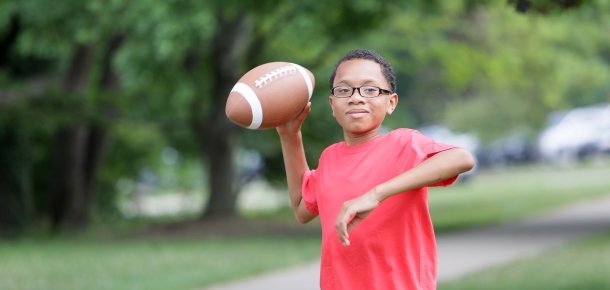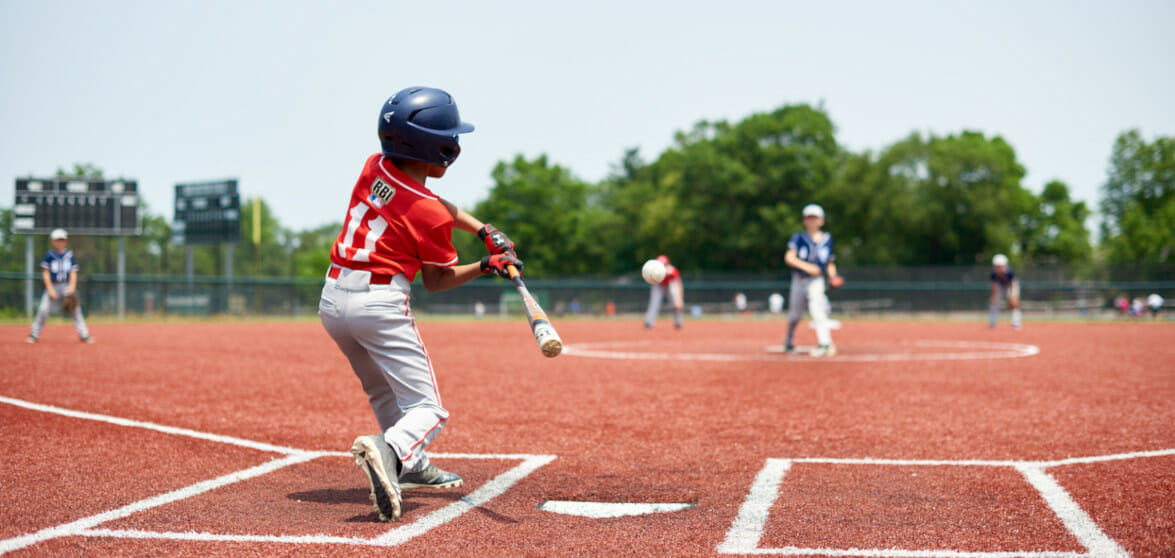We often see young athletes who are struggling in their sport due to the pain of an overuse injury. This term is used often, but is often not fully understood.
The following Q&A covers the most important information about overuse injuries:
What is an overuse injury?
An overuse injury is an injury that occurs when a particular body part that is being used has too much stress and cannot accommodate what the athlete is asking it to do. These injuries can occur in muscles, tendons and in bones, which can be particularly problematic if the young athlete’s growth plates are still developing.
Is there a particular age group in which these injuries are most common?
An athlete can suffer an overuse injury at any age if he or she is not training appropriately and is using a body part for more than it can accomplish. In pediatric sports medicine, we pay particular attention to athletes in the years before and during puberty, as they are most susceptible to bone-related injuries that can be problematic with growth plates.
All young athletes should be monitored for signs of overuse injuries, particularly when transitioning into a new season where they are asking their bodies to do things they aren’t used to.
How much training is too much?
That depends on the athlete’s level of fitness, but if a child starts to exhibit the signs of injury outlined below, it’s definitely indication that he or she is over training.
What are the symptoms of an overuse injury?
- Pain after practice, a game, or other training session.
- It can then progress to pain at some point during activity.
- If not treated, it will progress to pain all the way through an activity, often altering the way the athlete performs during the activity.
- And finally, the athlete will have pain in the body part during normal activities of life like walking – and unfortunately, this is when we typically start to see these kids as patients in clinic.
When is the appropriate time to seek medical care?
- Once pain starts to change the way an athlete moves or plays.
- The pain becomes persistent or starts to impact the athlete’s ability to perform fully.
The reality of these injuries is that if they aren’t treated, they’re going to get worse, and the athlete is going to have problems playing the sports that he or she loves. It’s always better to diagnose and treat it early to avoid additional injury and unnecessary time on the sideline.
Can overuse injuries be prevented?
Yes, absolutely; prevention is everything. Prevention starts with knowing what each particular sport demands of the body. Strength training and conditioning should then focus on those areas.
- If the sport requires a lot of running or sprinting, the athlete should be working on sprinting drills and cardiovascular conditioning well before the beginning of a new season.
- For baseball and softball players, and some football players, the stress is on the shoulder, upper back and arm – areas that can be prepared for the season with strength training targeted at those muscles, giving the athlete a solid muscular foundation for all of the throwing that will be required.
- For athletes who mostly run, we work on core and hip strength, to support the legs, making sure they can handle the repetitive stress.
Our team is committed to helping young athletes play the sports they love more safely, effectively, and for longer periods of time without injury. We are available to help identify the proper prevention exercises for individual athletes and to diagnose and treat injuries if they happen. We would much rather see kids be able to continue playing and enjoy things they love than be sidelined for days or weeks with an injury, so our philosophy is always to check an injury out sooner rather than later.
If you have further questions, or think your child has an overuse injury, contact our Division of Sports Medicine at 513-803-4878.





